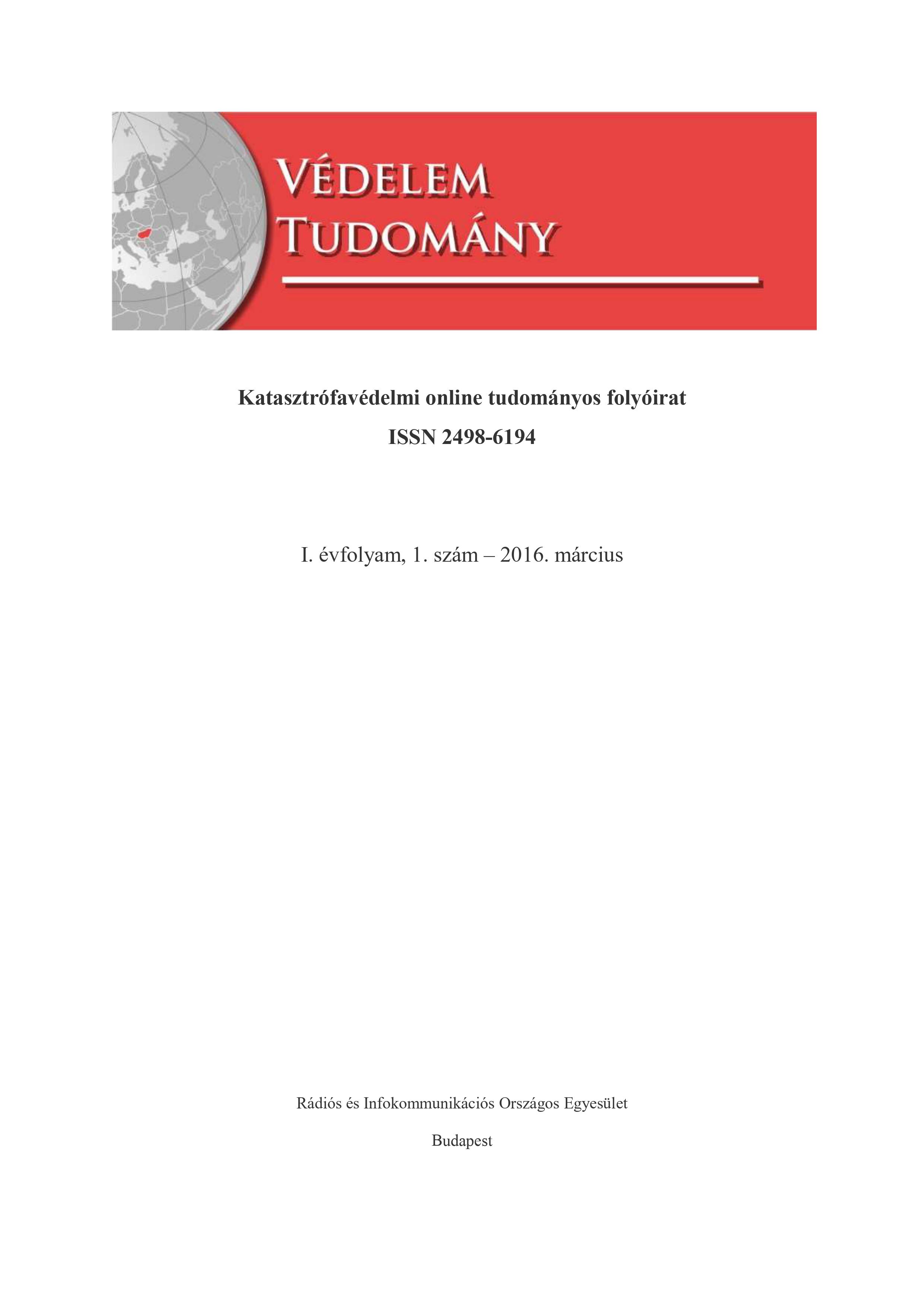Research of tankfire-fighting application of the oil and water resistant, bead shaped, fireproof buoyant dry foam
Abstract
Tankfire-fighting is a special response task, which nowadays is primarily based on the application of fire fighting foam. On most incident sites holding back the contaminated extinguishing water, and monitoring, controlling and checking of proper diversion as well as its decontamination are not ensured; therefore, there is no guarantee for preventing soil and groundwater pollution. Besides the research in connection with the optimized usage of traditional extinguishing agents
at tank-firefighting a new development direction appeared in the past few years: the usage of fireproof, oil and water resistant, bead-shaped and buoyant material for fire fighting.In this article the author summarizes the test serial that was performed by applying the DryFoam, which has been developed by Trelleborg Offshore Co., based in Boston. The empirical research of DryFoam application for extinguishing fires on storage tanks containing flammable liquids is not only giving basic information on the usage of DryFoam but on the development of other materials with similar properties as well.
References
Muhoray Árpád ; Bartáné Muharay Irén, „Biztonsági és környezetbiztonsági alapelvek érvényesülése a katasztrófák elleni védekezés rendszerében,” in Külkereskedelmi főiskolai füzetek, 2007, pp. 34-42.
Szőcs István, Az éghető folyadékok tárolótartályai tűzeseténél keletkező elsődleges, és a tűzoltási technológiák alkalmazása közben okozott másodlagos környezeti terhelés csökkentésének lehetőségei az oltási paraméterek módosítása révén, Doktori (PhD) értekezés, Budapest: ZMNE KMDI, 2005, p. 103.
Zólyomi Géza, „Tűzoltási módok környezetvédelmi hatásai; ISSN 1788-1919,” Hadmérnök, pp. 70-87, III. Évfolyam 1. szám - 2008. március .
Bob Kelly, „DryFoam vapour suppression spheres; Konferencia kiadvány: Ipari Létesítményi Tűzoltóságok 7. Nemzetközi Konferenciája; Budapest, 2013. november 27-28. Compact Disk, ISBN 978-963-08-7588-2,” in FER Tűzoltóság és Szolgáltató Kft.,Százhalombatta, 2013.
Bob Kelly, „Dry Foam Technology; ISSN 0749890X,” Industrial Fire World Vol.26, 2014 Summer.
Bob Kelly, „Using dry foam for storage tank vapor suppression,” BIC Magazine, p. 52, 2013. June/July.
Bob Kelly, „Vapour / fire suppression for LNG spill containment: DryFoam; 8th International Conference for Industrial Fire Brigades; Budapest 2015 november 10-11.; Compact Disk; ISBN 978-963-12-4086-3,” in FER Tűzoltóság és Szolgáltató Kft., Százhalombatta, 2015.
Szőcs István, „A falhatás befolyása az oltás hatékonyságára, Védelem folyóirat,” Védelem katasztrófa- és tűzvédelmi szemle; ISSN 1218-2958, pp. 38-40, 2002/3. szám.
Pimper László, „DryFoam - tűzoltóhab víz nélkül,” Védelem Katasztrófavédelmi Szemle; ISSN 1218-2958, pp. 61-63, 2014/1. szám.
Copyright (c) 2016 Defence Science

This work is licensed under a Creative Commons Attribution-NonCommercial 4.0 International License.




